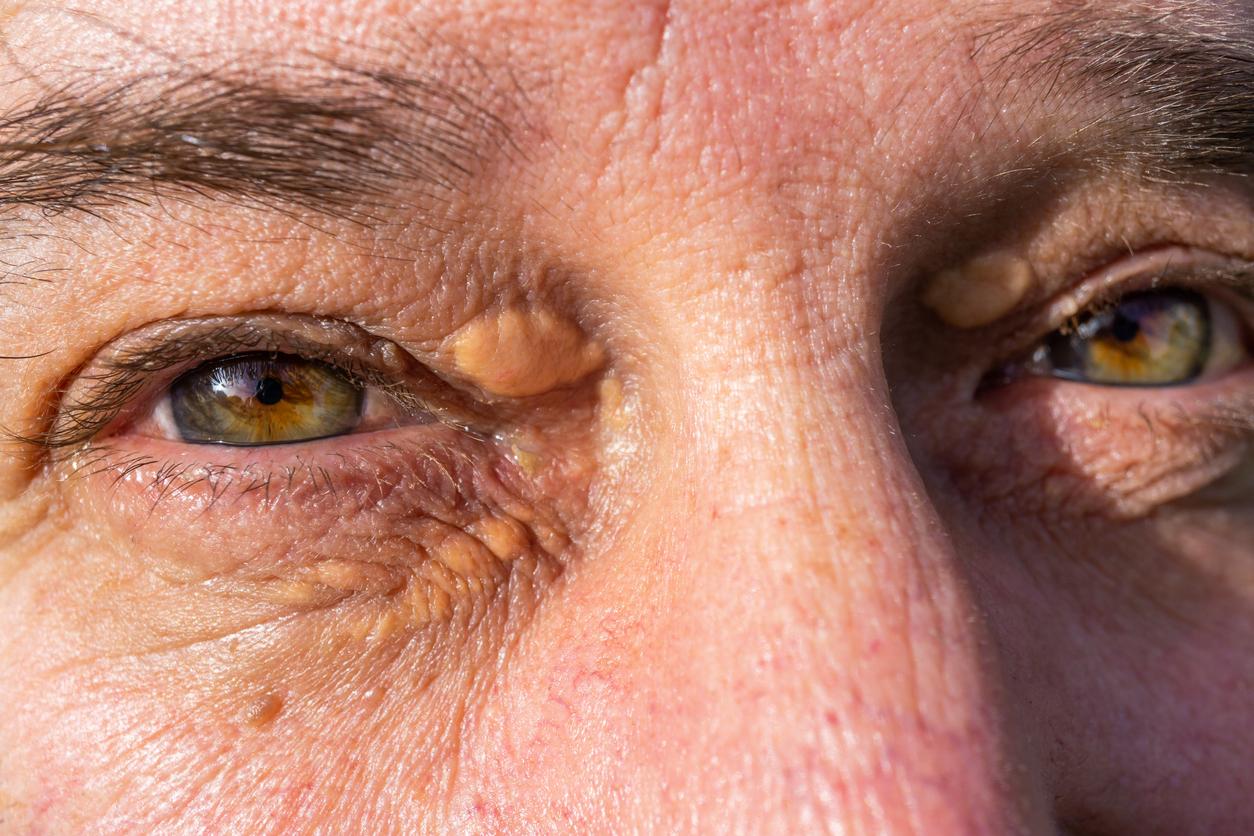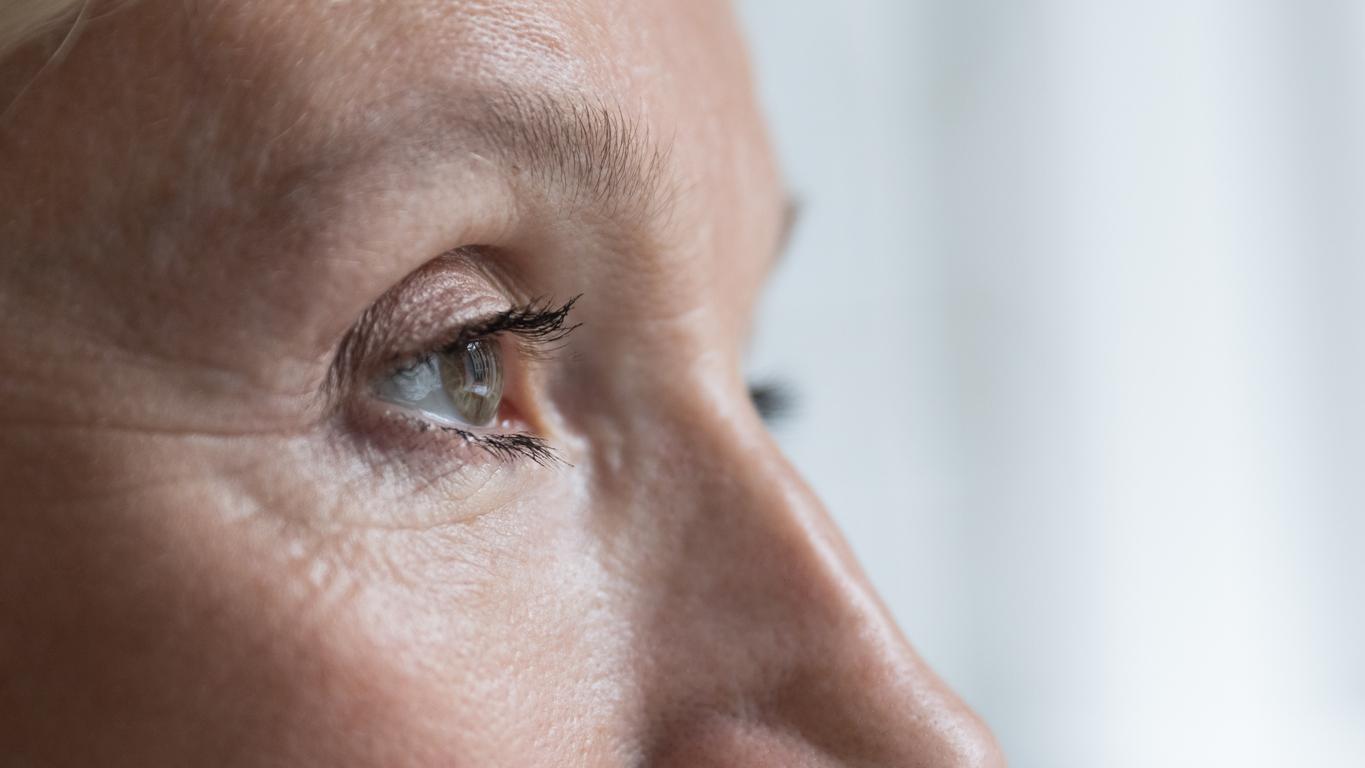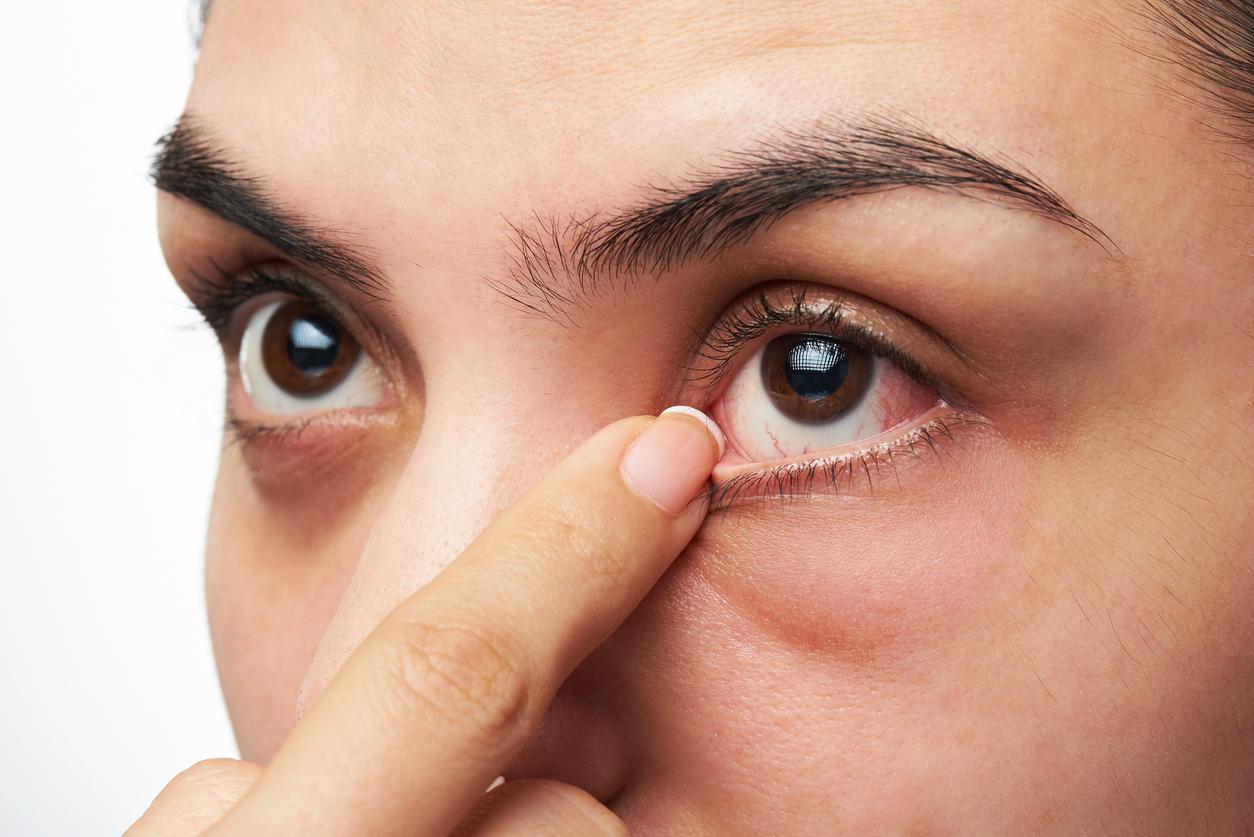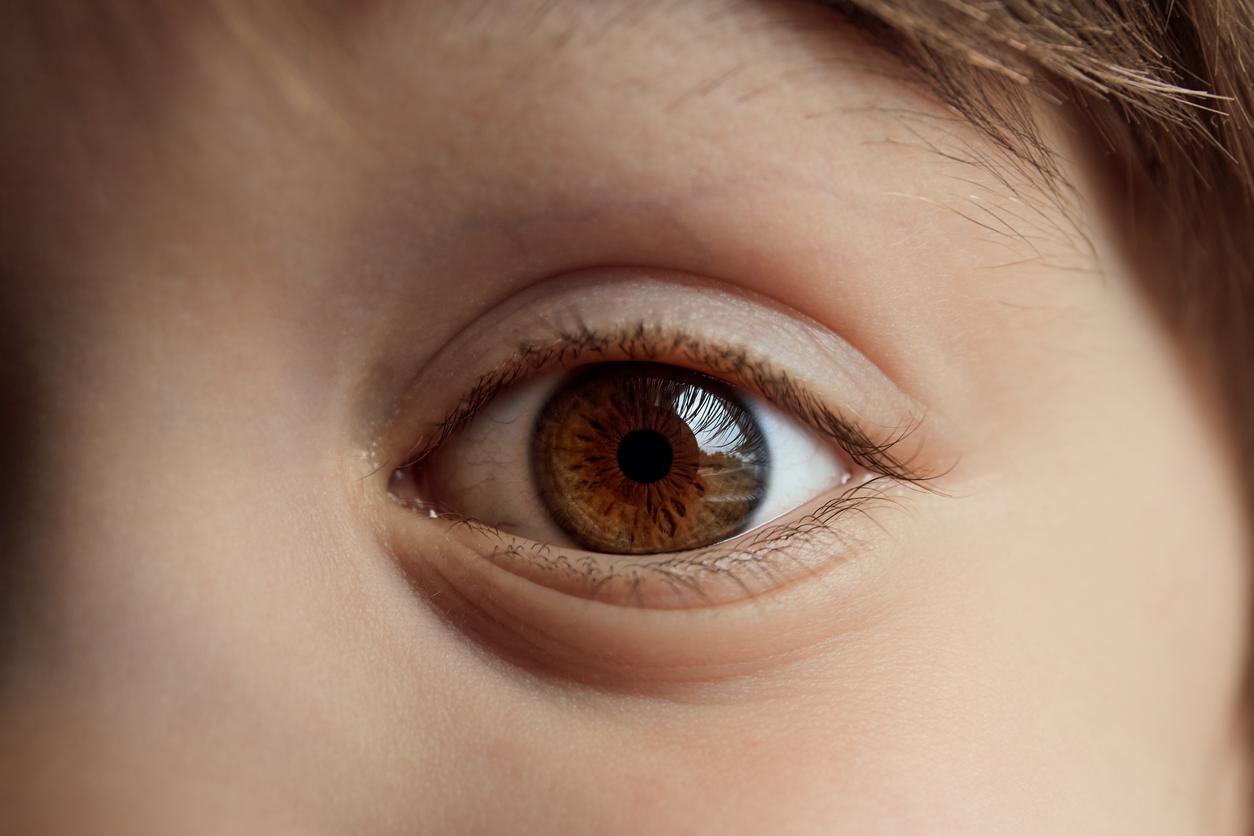
Heterochromia iridis
Someone with two completely different colored eyes has heterochromia iridis, a rare abnormality. Heterochromia is caused by a hereditary condition or by external influences. Usually, someone with two different colored eyes also has other striking physical features.
Eye discoloration can appear at any age. The age at which it first becomes apparent depends on the cause of the discoloration. Precisely because only two different colored eyes do not occur often, it is important to find out what the cause is. In some cases, the discoloration of one eye can also be related to other physical problems.
Hereditary forms
There are several hereditary forms of heterochromia iridis.
If someone only has two different colored eyes, we call this ‘simple heterochromia’. With this hereditary form, one eye turns lighter over time. The cause lies in a change in the pigment formation in the eye, for which there is no clear reason.
Another hereditary form of heterochromia is Waardenburg syndrome. This syndrome is named after the Dutch ophthalmologist Petrus Johannes Waardenburg. He discovered that two different eye colors often go hand in hand with deafness. But not only that. A broad bridge of the nose, a white lock of hair on the forehead and premature graying were physical features he discovered in one family over several generations. People with all these different abnormalities have Waardenburg syndrome.
Horner’s syndrome is also a birth defect that causes heterochromia. The discolored eye then turns blue. People with this syndrome often have more noticeable symptoms. The condition that causes the syndrome can cause damage to the brain, spine, lungs and neck. This can be congenital, but it can also develop later.
External influences
In addition to hereditary defects, external influences can also cause heterochromia.
Examples of these influences are:
-
Bleeding or inflammation in the eye.
-
Damage to the eye due to an accident, for example.
-
Long-term use of eye drops.
-
A brain tumor.
When one eye suddenly changes color, it could indicate another physical problem. It is therefore important that you have the discoloration examined by an ophthalmologist.















